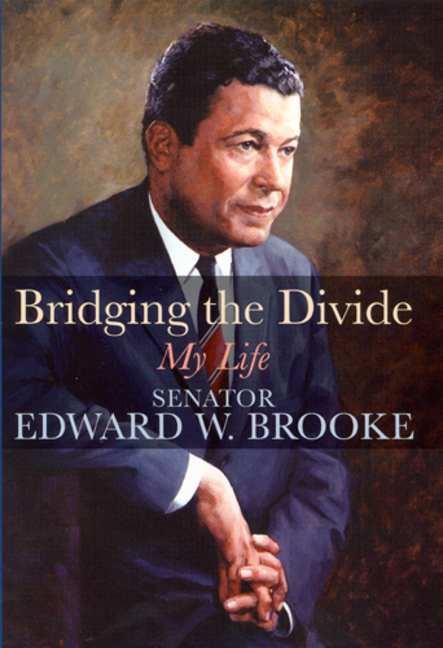The Relationship of Identity to the Organizational Development of FLECHAS: Perceptions of Race from a Puerto Rican Perspective
The Forensic Examiner
June 2015
Raul A. Avila
The Puerto Rican preoccupation with “whitening” and incidents of black racism obfuscate Puerto Rican identity. The “deliberate amnesia” regarding their genetic and cultural connection with Black African slaves compels Puerto Ricans to disassociate themselves from “blackness” and everything that “blackness” unjustifiably represents among many: inferior intelligence, poverty, and a lack of ability to perform well in high-level positions. Puerto Rican whitening is the answer to the racial profiling of Blacks by law and society, especially in the United States. The resulting disassociation with the African Black heritage impedes the resolution of the Puerto Rican identity crisis.
FLECHAS is an organization founded in New Haven, CT in 1977 to challenge this identity disorder among Puerto Ricans. FLECHAS is an acronym for “Feast of Loiza in Connecticut in Honor of Saint James the Apostle.” It is significant that Loiza, a city in northern Puerto Rico, was the Port of Call for Black African slaves. The founders of FLECHAS, natives of Loiza, grew up with positive images of being black and a strong sense of history rooted in their blackness. In fact the legend of Saint James, celebrated by the town for over two hundred years, runs parallel to that of the African god, Chango, who symbolizes strength and the peoples’ battle against slavery and injustice. Founders did not experience negative portrayals of blackness as Blacks in their day were policemen, elected officials, or teachers. It was not until they left Loiza that they experienced racism, so they founded FLECHAS to reestablish blackness to its rightful place of honor among the Puerto Rican community.
FLECHAS is a Puerto Rican organization founded in New Haven, CT in 1977. (Appendix A) The founders are a group of citizens, who in the late 1960s migrated from the town of Loiza, Puerto Rico, the center of African slave trade during the period of Spanish colonialism in the New World. With membership composed of primarily Black Puerto Rican descendants, FLECHAS was created in response to the conviction that the Black Puerto Rican heritage has been either misrepresented or generally omitted in any discussion of Puerto Rican identity.
The African influence on Puerto Rican culture is obvious. That influence can be found in Puerto Rican music, dance, art, food, and religion (Galvin, 2005). Moreover, DNA tests conducted by geneticists in 2000 found that 27% of Puerto Ricans on the Island have mitochondrial DNA from the people of Africa (Martinez-Cruzado, 2003). However, the Census of 2010 indicates that only 12% of Puerto Ricans self-report as being Black, while most scientists report that, for Puerto Ricans on both the island and in mainland United States, 47% have African blood (Kinsbruner, 1996). Although these findings are hotly contested, Via (2011) reports that the percentages of Puerto Ricans with African DNA average 20%. Apparently, Puerto Ricans have made a concerted effort to disassociate themselves from their Black African heritage.
For Puerto Ricans, the issue of identity formation has been complicated by five hundred years of colonialism, four hundred of which were under Spanish rule. The issues of racism, Black and White intermarriage, and Puerto Rican identity today can be traced all the way back to the 8th century Moors, who ruled Spain for 800 years. During that period there was no discrimination against Blacks. Historians, such as Robert Martinez of Baruch College, indicate that society in Spain was devoid of racism toward Blacks, and this attitude carried over to Puerto Rico by the conquistadores. As a matter of fact, Martinez notes, racial intermarriage was not frowned upon. He writes:
In the 8th century, nearly all of Spain was conquered (711-718) by the Muslim Moors who had crossed over from North Africa. A section of the city of Seville, which was a Moorish stronghold, was inhabited by thousands of Blacks. Black women were highly sought after by Spanish males. Therefore, it was no surprise that the first conquistadors who arrived to the island intermarried with the native Taino Indians and later with the African immigrants (Martinez, 1990, p. 3).
Conversations with founders of FLECHAS indicate this was indeed the case in the province of Loiza on the island of Puerto Rico, where they were born and raised. There was neither discrimination nor racism in Loiza, as many descendants of African Black slaves like themselves held prestigious positions in Loiza as politicians, writers, teachers, and law enforcement officers. It was not the same situation outside of Loiza on the island, according to the founders of FLECHAS, and when Puerto Rico became a territory of the United States in 1898, Puerto Ricans experienced the same racist effects of “blackness” as African Americans. This writer’s role in composing this article as a participant observer is important and critical to consider since I am of Black Puerto Rican ancestry, a current member of FLECHAS, and a professional therapist for the Greater New Haven community in Connecticut…
Read the entire article here.



